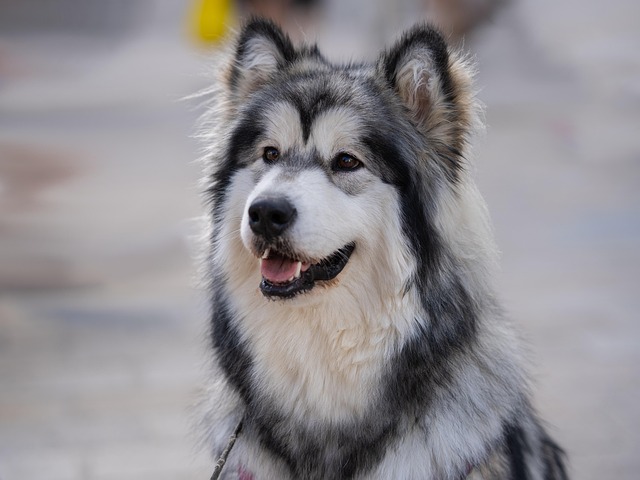
What causes dogs to bark incessantly?
Dogs use barking as their primary way to communicate, but when it becomes nonstop, it can frustrate both owners and neighbors.
It’s unsettling when your usually cheerful pup starts trembling at the sound of a passing garbage truck or hesitates to enter a room they’ve always wandered freely. If your dog has recently become scared of everything, you’re not alone—and there’s often a logical explanation behind this sudden shift. Dogs don’t act fearful without reason; sudden anxiety can stem from health issues, a traumatic event, or even changes you might not immediately notice, like new sounds or smells in your apartment building.
First things first: rule out medical causes. Pain, hearing loss, or thyroid problems can manifest as anxiety. A quick vet visit is non-negotiable—it’s also a compliance must in most U.S. states where annual vaccinations like rabies are legally required. Think of it as your first step toward ruling out underlying issues. While you’re there, ask about subtle signs of discomfort you may have missed.
If your vet gives a clean bill of health, consider recent changes. Did you move? Introduce a new appliance? In urban settings, construction noises or unfamiliar foot traffic in hallways can trigger fear. Start a behavior log—note when and where your dog seems anxious. This isn’t just helpful for training; it’s part of being a responsible owner in shared living spaces. Always clean up after your pup in common areas, not just because it’s courteous, but because many cities fine for non-compliance.

Now, here’s where cultural sensitivity comes in: never punish fear. Yelling or forcing your dog toward scary situations can deepen their anxiety. Instead, use positive reinforcement—the gold standard in modern dog training. Offer high-value treats when they encounter something unsettling, like the buzz of an elevator. Gradually expose them to low-volume versions of frightening noises using YouTube videos while they eat or play. This technique, called desensitization, works wonders when paired with patience.
Remember, your calm energy is contagious. If you reassure them gently without over-coddling, you signal that the environment is safe. For dogs in apartments, create a designated safe zone—a cozy crate or a quiet corner away from windows. And when walking your dog in the community, keep encounters brief and positive. Not every dog wants to say hi, and respecting their space is part of good etiquette.
Lastly, consider age. Senior dogs may develop canine cognitive dysfunction, which can include heightened anxiety. If your dog is older, talk to your vet about supportive care. For younger dogs, a sudden fear might stem from a single negative experience they’ve generalized to everyday things.
Whatever the cause, responding with empathy and science-backed methods is key—and always within the framework of animal welfare practices embraced by responsible American pet owners.

Dogs use barking as their primary way to communicate, but when it becomes nonstop, it can frustrate both owners and neighbors.

Bringing home a Yorkshire terrier puppy is like welcoming a tiny, energetic bundle of joy—but those floppy ears and playful zoomies can also come with head-scratching moments, especially for new owners.

Yorkshire terrier puppies are tiny, energetic bundles of joy—but their small size can make potty training feel tricky for new owners.

Let's be real: the first night with your new puppy can feel like a scene from a horror movie. The constant whining from the crate, the pacing, the sheer exhaustion.

That image of a puppy curled up contentedly in their crate is the dream, right? But if you’re staring at a whining new family member and wondering

It’s unsettling when your usually cheerful pup starts trembling at the sound of a passing garbage truck or hesitates to enter a room they’ve always wandered freely.